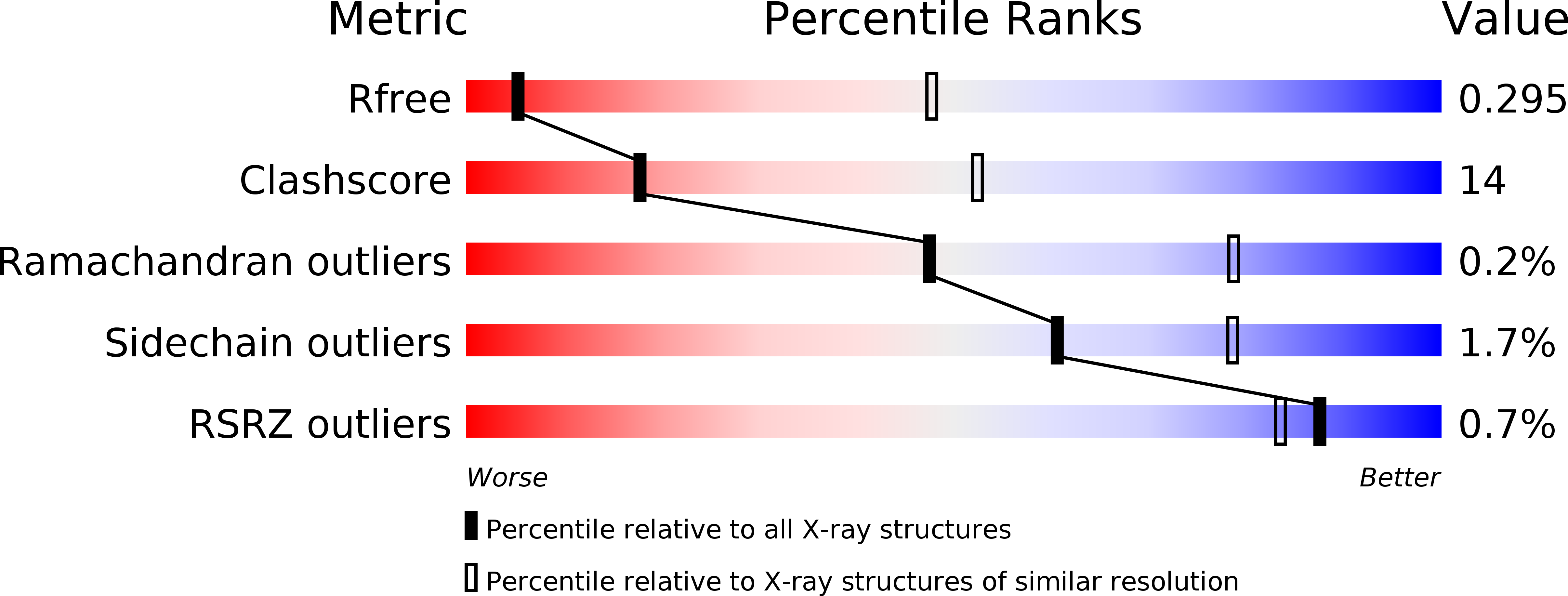
Deposition Date
2015-01-20
Release Date
2015-01-28
Last Version Date
2024-05-08
Entry Detail
PDB ID:
4XR7
Keywords:
Title:
Structure of the Saccharomyces cerevisiae PAN2-PAN3 core complex
Biological Source:
Source Organism:
Saccharomyces cerevisiae (Taxon ID: 4932)
Host Organism:
Method Details:
Experimental Method:
Resolution:
3.80 Å
R-Value Free:
0.29
R-Value Work:
0.28
R-Value Observed:
0.28
Space Group:
P 1 21 1


